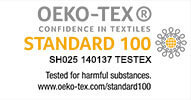Satin vs Silk
What the difference between silk and satin is. Are they the same?
No, they are very different!
Now For The Key Difference
Satin is actually a weave and not a natural fiber like silk.
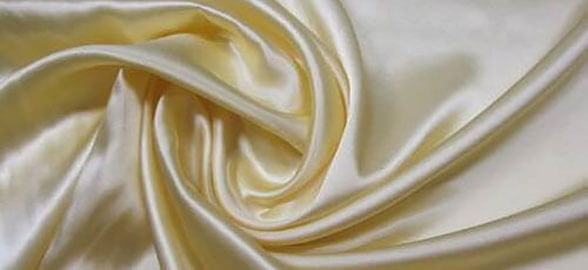
Fiber is the actual thread from which the material is made and the weave is how you make it.
Traditionally, satin will have both a glossy side and a dull side. It is made using combinations of other fabrics like nylon, rayon, polyester, and even used silk.
Silk refers to the material — an “ingredient.”

Silk fabric is made from a natural fiber produced from silkworms, popularly mulberry silk. Silk has a triangular prism-like structure of the silk fiber, which allows silk cloth to refract incoming light at different angles, thus producing different colors. So silk comes with more strength and silk will have a more shimmery appearance compared to satin’s glossy surface with a dull back. Silk is breathable, comfortable, one of the softest fabrics, and highly prized material.
Manmade vs. Natural
Satin
- Satin, from polyester, is a manmade fabric produced from polymers.
- This satin silk from polyester is essentially a fabric created from oil and has the same chemical composition as plastic bottles.
Silk
- Silk, in contrast, is spun from the natural silk protein filament produced by the silkworm when forming its cocoon.
- Each silk fiber is produced from 3-5 of these silk filaments which are subsequently spun together to produce silk fabric in an assortment of momme weights.
Temperature Regulation
Satin
- Satin does not absorb water (can be uncomfortable when worn next to the skin in warm weather unless loosely woven).The moisture regain of polyester is low, ranges between 0.2 to 0.8 per cent.
- Although polyesters are non-absorbent, they do not have wicking ability. In wicking, moisture can be carried on the surface of the fibre without absorption.
Silk
- An all-climate fabric, silk is warm and cozy in winter and comfortably cool when temperatures rise. Its natural temperature-regulating properties give silk this paradoxical ability to cool and warm simultaneously.
- Silk garments thus outperform other fabrics in both summer and winter. Silk worn as a second layer warms without being bulky.
Inexpensive vs. luxury
Satin
- Perhaps the most obvious difference between polyester satin silk products and natural Charmeuse silk products is the cost.
- As a manmade fabric, polyester satin fabric is easy to produce in large quantities from a relatively inexpensive source (Oil and recycled plastics), and as a result, it’s generally cheap.
Silk
- Silk, on the other hand, is a luxury product and is very expensive to produce, since supply is limited and the process to harvest and spin silk is complex and labor-intensive.
- This is one of the reasons the silk trade has more in common with precious metals and gemstones (such as being sold by weight) than other fabrics on the market.
Benefits for your skin and hair
Satin
- Satin doesn’t have any hypoallergenic properties either, so it may look silky and smooth, but it won’t be as soft to the touch. It may also still irritate the skin for this reason.
- If you’re thinking of purchasing satin, you’ll need to look into what it’s made from to make sure that you don’t have any adverse reactions to the materials used during the production process.
Silk
- Silk is naturally hypoallergenic. The tightly woven nature of silk makes it inhospitable for dust mites – properties that have proven to ease conditions such as eczema and asthma. Silk is fungi immune and does not contain harmful trace chemicals and therefore is resistant to mold and deterioration.
- Silk does not absorb natural oils and moisture from skin and hair. Besides, the smooth and soft surface prevents hair from frizzing and split ends, and minimizes damage to the thinning of hair.
Advantages of Silk Over Satin
Silk and satin are both great choices for bedding, but many people prefer silk because:
- It breathes. Your head and hair won’t get smothered or overheated.
- It’s hypoallergenic. It’s naturally resistant to fungus, mold, mites, and allergens.
- It doesn’t involve synthetic materials. It’s a natural fiber, for those who wish to keep their beauty routine au naturel.
- It might help with your complexion. Got acne? Try a silk pillowcase and see if that doesn’t help it clear.
If you wish to repose in pure luxury, then silk is the way to go. Your hair, skin, and inner natural beauty will thank you for it.
You may also be interested in the following knowledge about silk:
- Cotton vs silk
- How to identify the mulberry silk
- How to distinguish mulberry silk and tussah silk
- Chinese silk culture
- Chinese Silk
- Silk Road


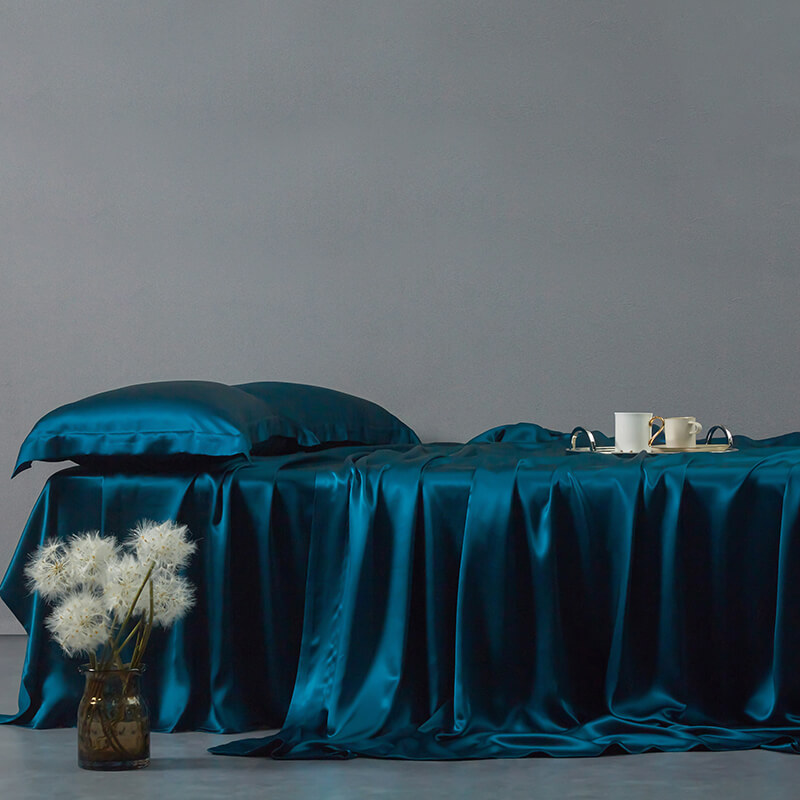
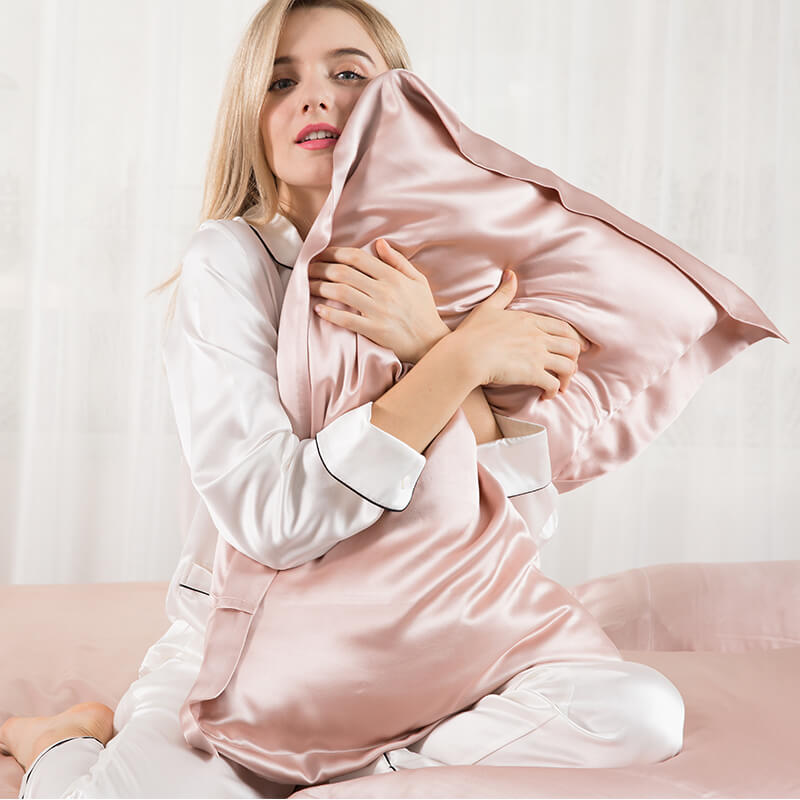
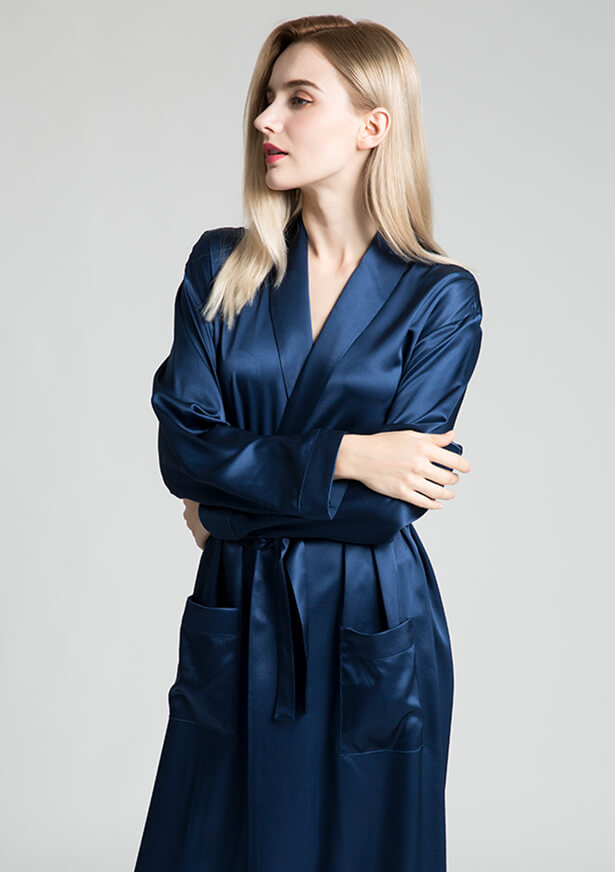
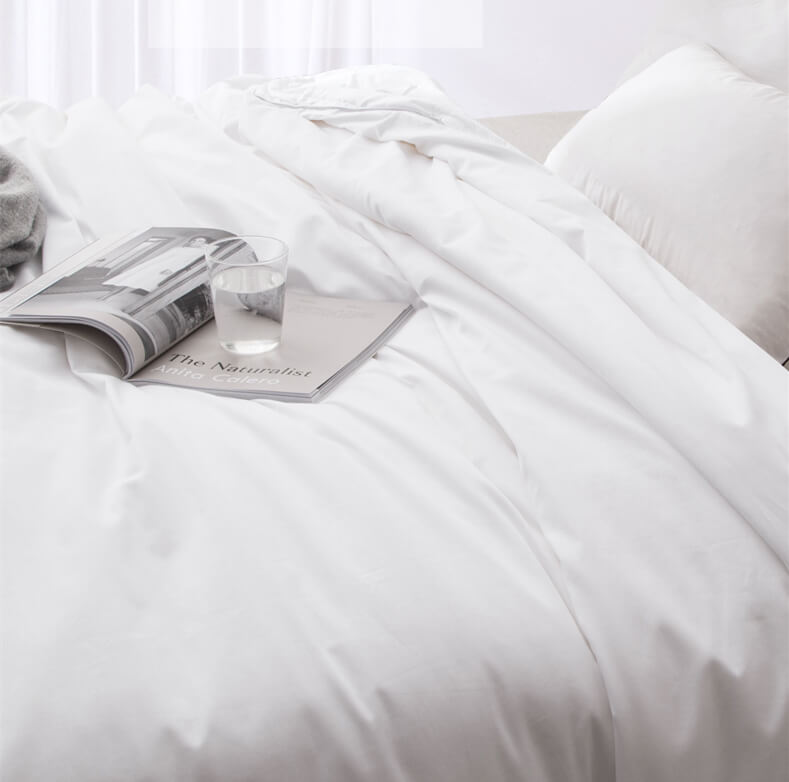

 English - USD
English - USD 







